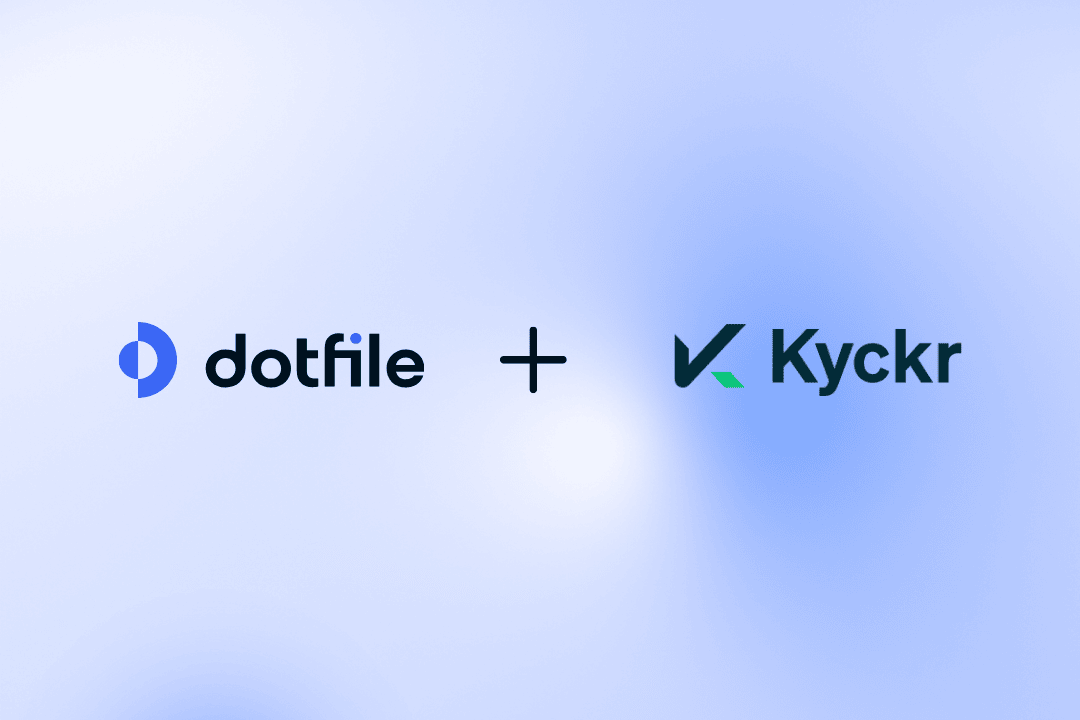Defining Beneficial Owners
Beneficial Owners are individuals who actually benefit from owning or controlling a company. They might not be the legal owners, but they gain from the ownership, either directly or indirectly. Identifying and knowing these individuals is one of the first steps of the KYB process.
Key Points in Identifying Beneficial Owners
- Ownership Percentage: Different regulations have different thresholds for someone to be considered a Beneficial Owner. It's important to be aware of these percentages for accurate identification.
- Indirect Ownership: Beneficial Owners aren't always direct owners. Those who control a company through other entities or have significant influence can also be considered Beneficial Owners.
- Complex Structures: Identifying Beneficial Owners can be tricky when a company has complicated structures with subsidiaries, trusts, or holding companies. Understanding these structures is key for accurate identification.
Key Differences Between Beneficial Owners and UBOs
Ultimate Beneficial Owners (UBOs) are the individuals who ultimately own or control a company, even if there are several layers of ownership or complex corporate structures. Key differences between Beneficial Owners and UBOs include:
- Depth of Ownership: While Beneficial Owners may be direct or have indirect control, UBOs represent the ultimate individuals with the deepest level of ownership in a company.
- Layers of Ownership: Beneficial Owners may be at various levels in the ownership structure, but UBOs are at the very top, irrespective of complex ownership layers.
Regulations and Beneficial Owners
Various rules govern how companies disclose and identify Beneficial Owners. Understanding these rules is important for businesses to stay compliant. Common regulations include:
- AML Directives: Anti-Money Laundering rules often require businesses to identify and verify Beneficial Owners as part of their checks.
- Corporate Transparency Acts: Many places have introduced or are introducing acts to enhance corporate transparency by making companies disclose information about their Beneficial Owners.
- Tax Regulations: Tax authorities may also require businesses to disclose information about Beneficial Owners to prevent tax evasion and ensure fair taxation.
Ways to Identify Beneficial Owners
Identifying Beneficial Owners is a careful process involving different methods:
- Ownership Registers: Keeping up-to-date ownership registers is a basic step. Regular updates make sure changes in ownership are recorded.
- Documentary Evidence: Using documents like share certificates, shareholder agreements, and organizational charts can give insights into ownership structures.
- Third-Party Services: Using services that specialize in identifying Beneficial Owners can simplify the process, especially in complex cases.
Challenges in Identifying Beneficial Owners
Despite the importance, businesses face challenges in identifying Beneficial Owners:
- Complicated Structures: Companies designed for privacy can make it hard to know who the Beneficial Owners truly are.
- Global Operations: Operating across borders means dealing with different rules, making the identification process more complex.
- Changing Ownership: Changes in ownership, especially in publicly traded companies, make it challenging to keep records up-to-date.
How Dotfile can help you with identifying Beneficial Owners of a Company?
Dotfile can help you prevent your business from fraudulent customers by providing an end-to-end business verification solution for compliance teams. It allows for discovering the ownership structure, identifying and verifying Beneficial Owners. You can easily pinpoint and map non-individual Beneficial Owners and the important people behind these entities as well as visualize complex ownership structures. Automating the identification and verification processes speeds up the onboarding journey. Dotfile offers a whole suite of services thanks to which businesses can automate KYB and UBO verification. KYB checks, document and video verification, AML monitoring, risk assessment, and more, can be done within minutes.
Conclusion
Understanding who the Beneficial Owners are is a key part of business responsibility and compliance. Businesses must recognize the importance of accurate identification and adapt to the changing rules. If you need help in this area, solutions like Dotfile offer a comprehensive platform for various KYB processes, including identifying beneficial owners. Book a demo to see how we can simplify beneficial ownership for your business.






